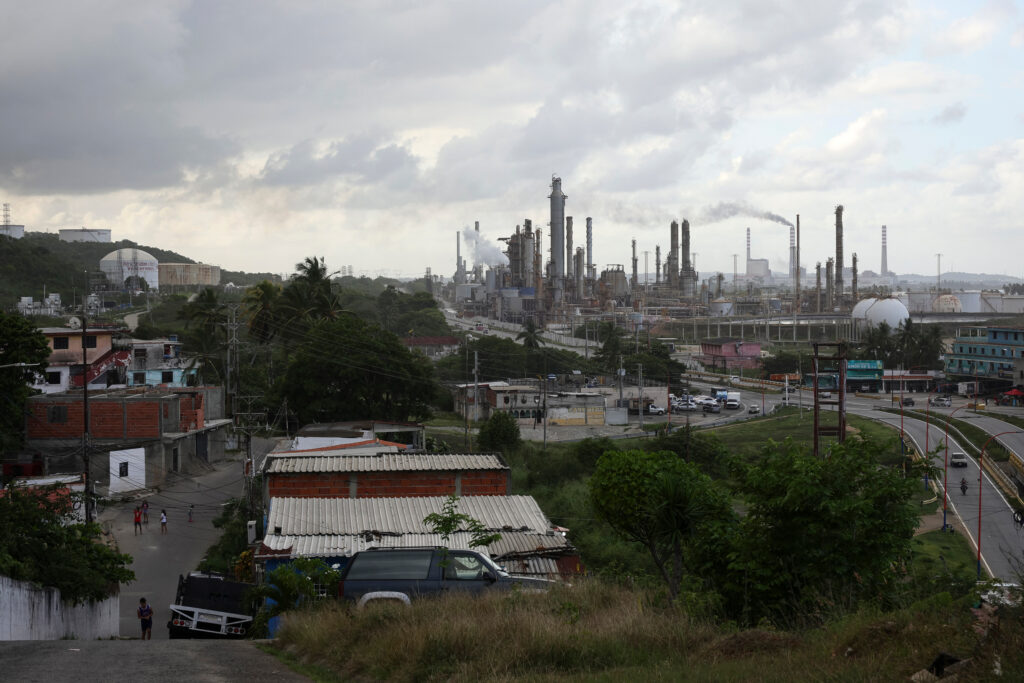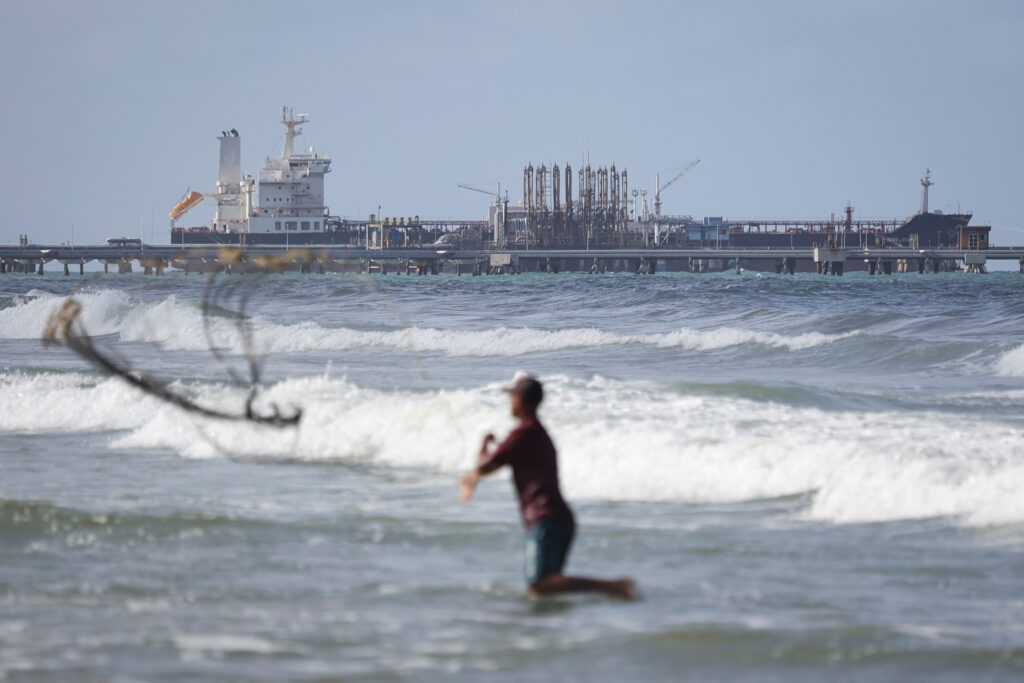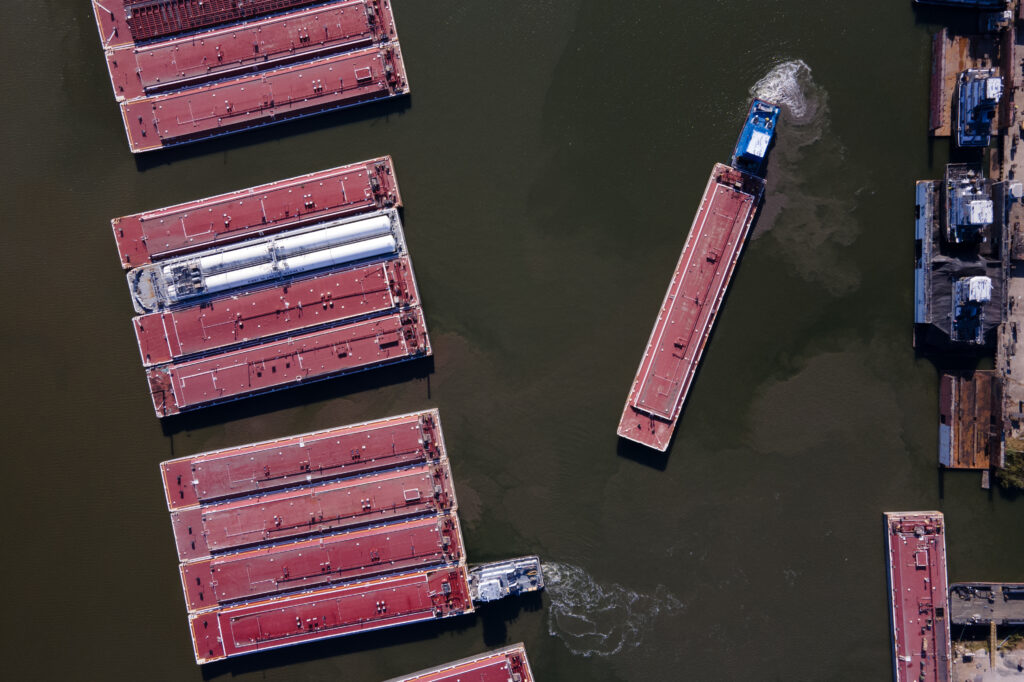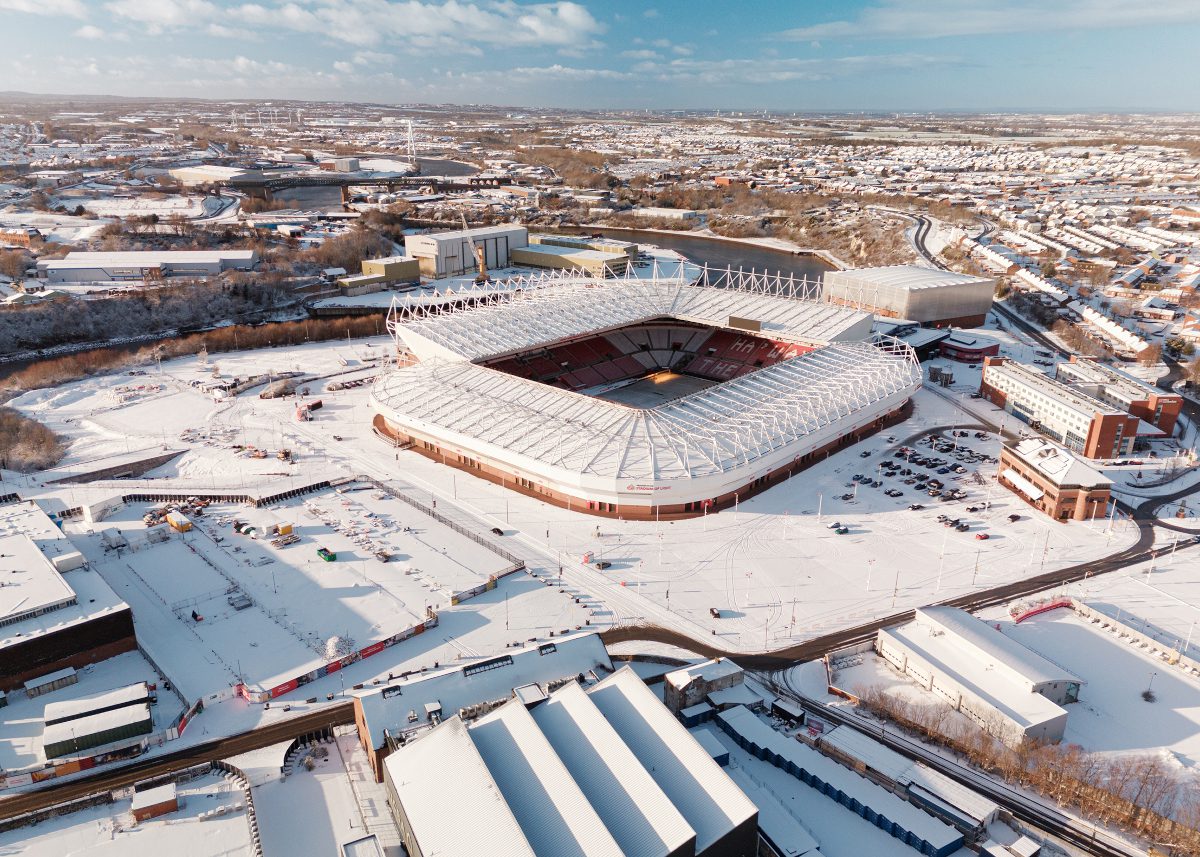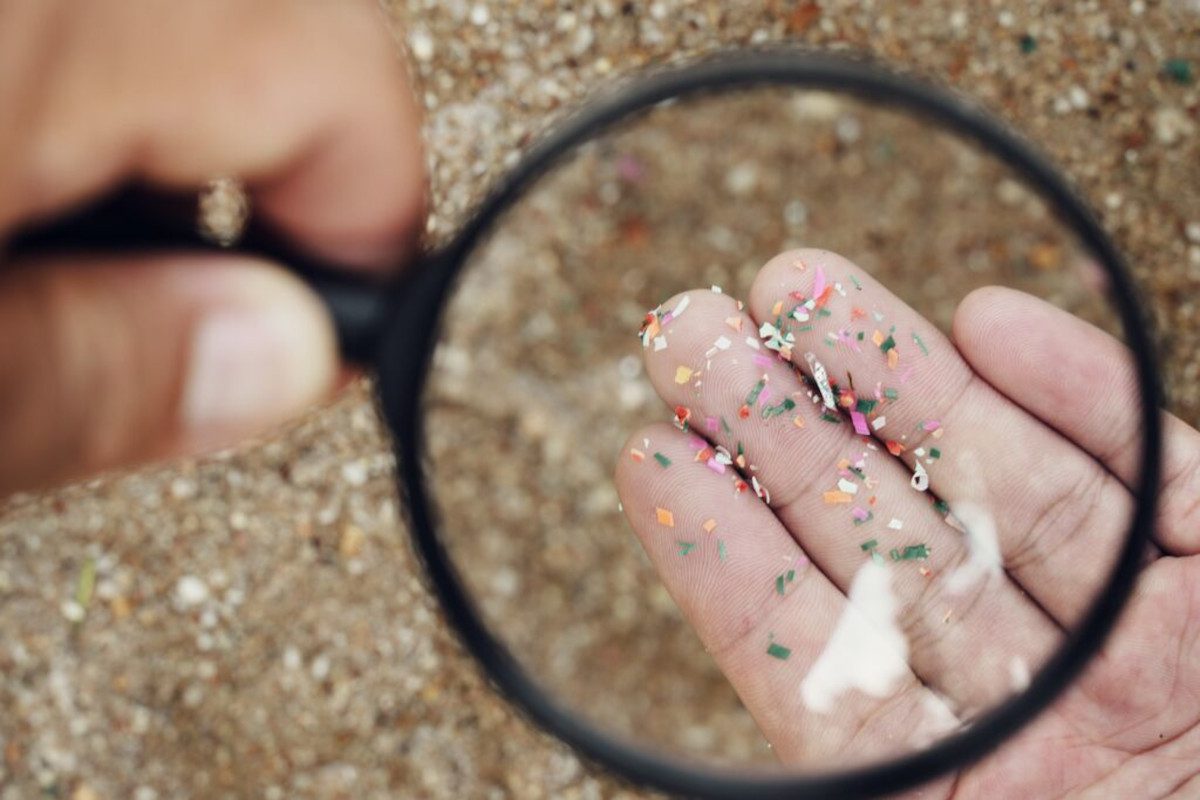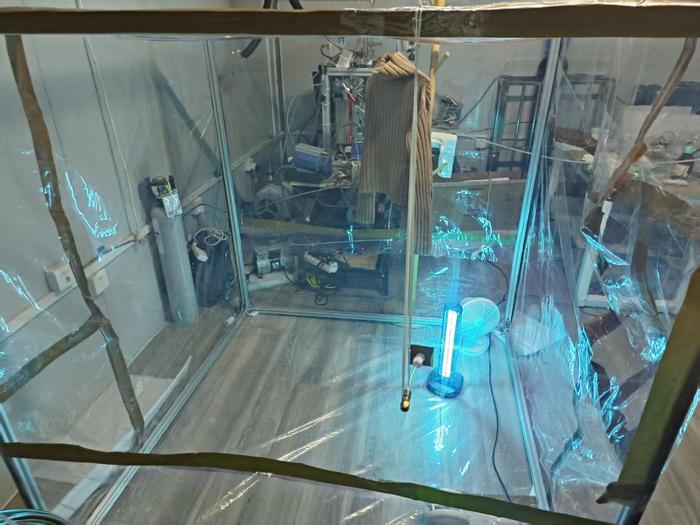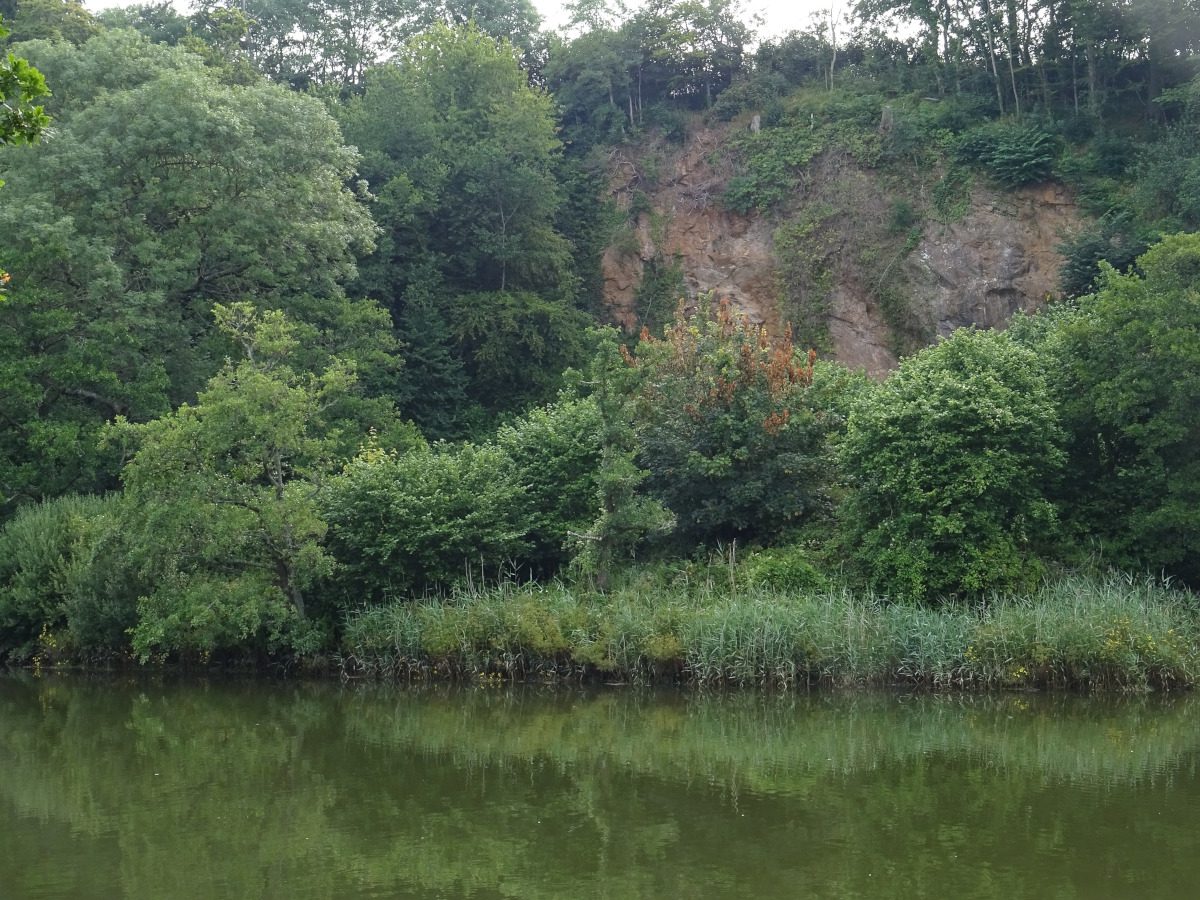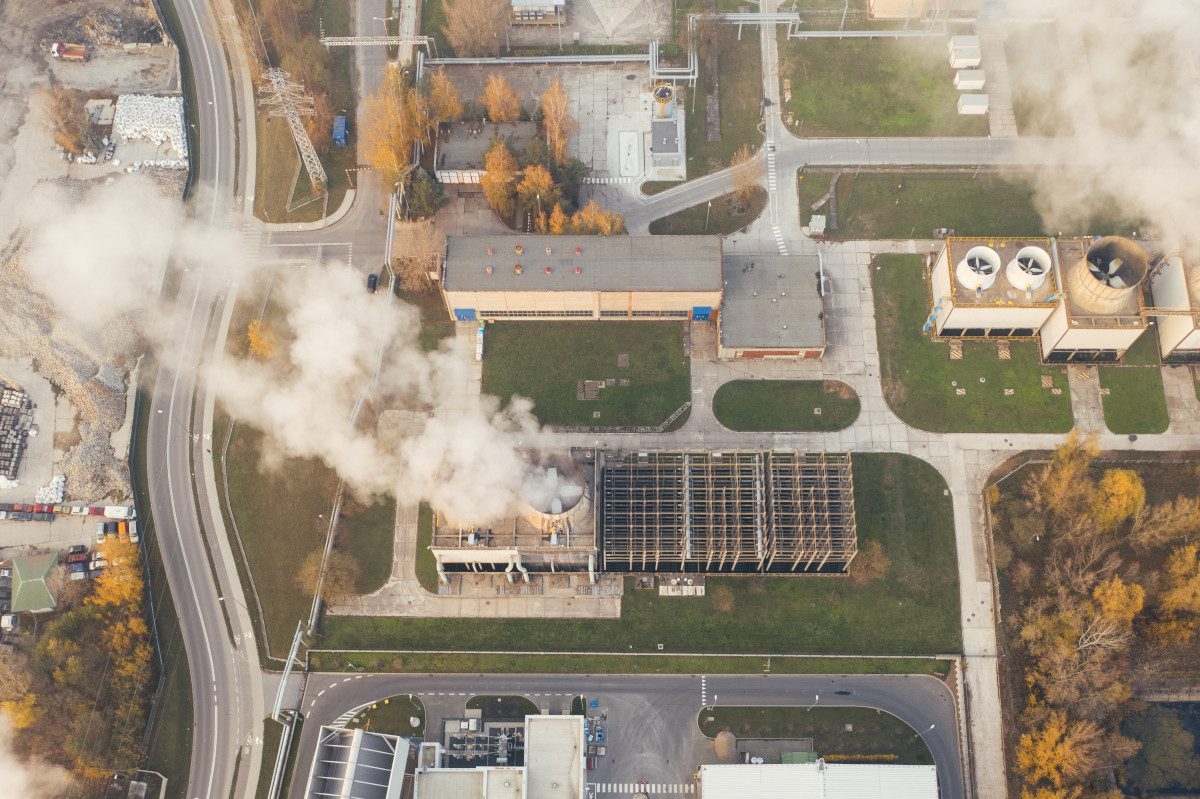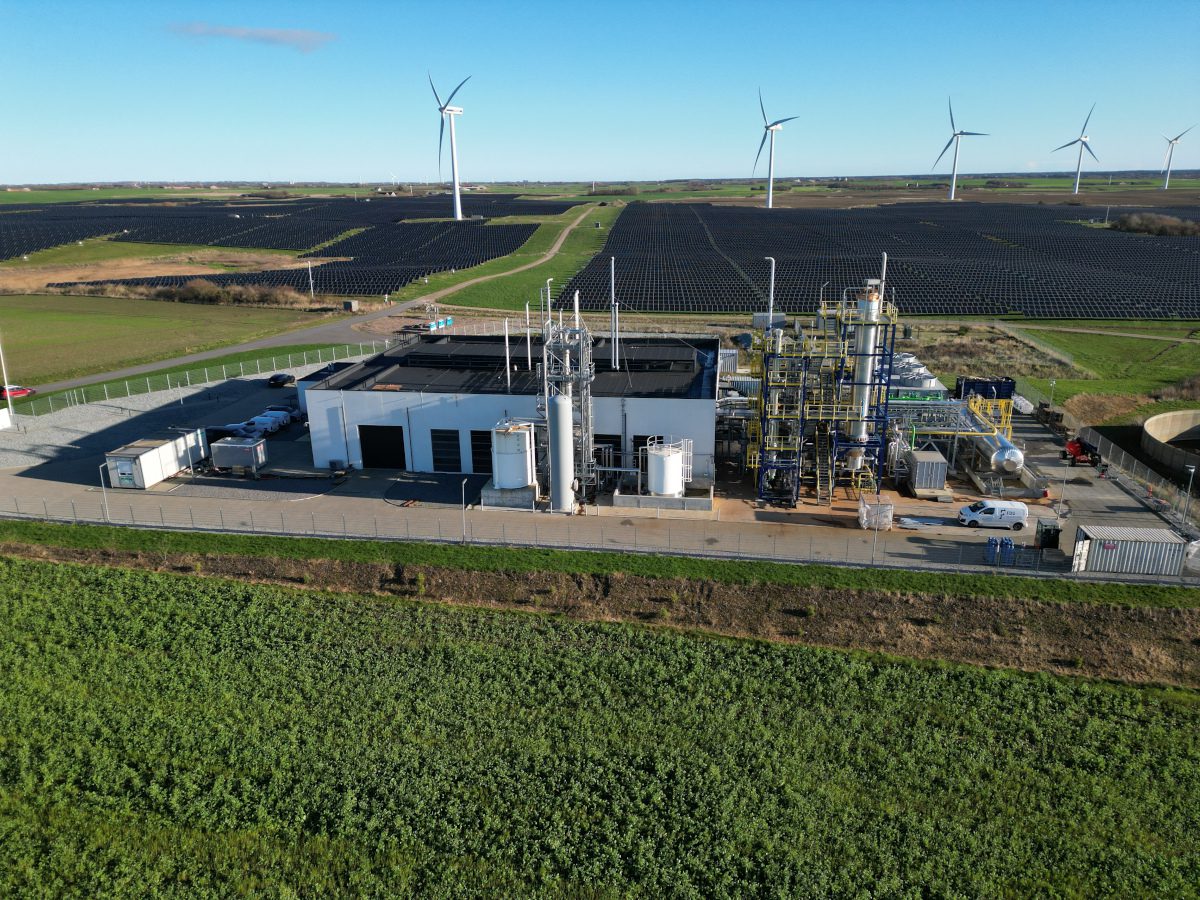GREEN RIVER, Utah—When Kelly Dunham heard that water was gushing out from a test well earlier this month for a proposed lithium mine in the middle of this rural city of 900 residents, she went to see it for herself.
Water was surging from the drilling rig and flooding the test site as berms trapped it and directed the water toward lagoons once used by an abandoned missile launch complex nearby. Trucks sucked up the water with pumps and hauled it away to disposal wells as fast as they could.
The drill had hit pockets of carbon dioxide gas and more water than expected, according to state regulators and Anson Resources, the company behind the direct lithium extraction (DLE) project in which brine is pumped from deep aquifers to the surface, where lithium and other minerals are extracted from the water before it is sent back underground.
This process for acquiring lithium without as many environmental impacts as hard rock mining is gaining momentum, but uncertainty looms over how it will be done at scale in the U.S.
We’re hiring!
Please take a look at the new openings in our newsroom.
See jobs
An incident like the blowout that occurred on March 8 is what locals like Dunham, a lifelong Green River resident, and environmentalists had been fearing. Green River gets its name from the waterway that runs through town, which is the biggest tributary of the Colorado River.
The company behind the project has said it would have no impact on local water supplies and the brine water from which they were seeking to extract lithium—the soft, silvery metal that is critical to the batteries for electric vehicles and solar and wind farm energy storage projects—would be returned to underground aquifers and not contaminate surface supplies. But here in early March, before any final permits for the project had been issued, was water rushing out of a drill site only a short distance from a wash that feeds into the river.
State agencies and Anson Resources said the water itself was not saline enough to have any potential impacts on humans and had not reached local washes or the river. But residents like Dunham worry about what happens when they begin to drill deeper.
The blowout had occurred at 1,500 feet underground; if permitted, the company plans to drill down up to 10,000 feet, and the water it pumps up will go from having 1,800 parts per million of chloride assay to over 300,000 ppm, levels highly toxic for human consumption—fresh water has just 1,000 ppm. If that water were to reach the Green River, it could put Utah in violation of the Colorado River Basin Salinity Control Act, which regulates the levels of salts allowed in the river that supplies water for over 40 million people and irrigates millions of acres of farmland in the U.S. and Mexico.
The March 2024 blowout may not have caused any lasting harm, locals and environmentalists said, but what about the next one?

It’s just one of the many questions concerned residents here have. Are the brine aquifers connected to the Green River? How will extracting the brine impact more shallow groundwater and surface water? What chemicals are used in the mining process? Could the process affect local ecosystems?
“I don’t think the community really knows what’s going on,” Dunham said. “Everybody really does just want jobs. Unfortunately, most people are just surviving. And when you’re in survival mode, you really aren’t as concerned about the environment.”
By drilling wells to pump up brine rather than digging huge holes into the ground to extract rock, the industry cites direct lithium extraction as a way to acquire the element critical to the energy transition without the environmental impacts of mining.
“Our process is efficient, we use less water than other manufacturing and lithium mining operations, we produce less carbon dioxide than hard rock mining,” said Bruce Richardson, executive chairman and chief executive officer of Anson Resources, in a statement.
The process they use to remove minerals from brine would also produce less carbon dioxide than evaporation ponds, which draw lithium from brine by letting the water evaporate, he stated. “We are utilizing existing structures and land usage areas smartly to reduce our footprint, and we are using a closed loop process so there is no risk of accidental spills,” he said. “Because the lithium we are extracting will go into electric vehicles, and the whole point of them is to have a lower impact on the environment, we’re operating from that same point of view.”
“Unfortunately, most people are just surviving. And when you’re in survival mode, you really aren’t as concerned about the environment.”
But proving that it will be better for the environment—in Green River and where other DLE projects are proposed from California to Arkansas—is easier said than done. The technology has yet to be used at an operational scale in the U.S. and uncertainty exists over how the projects may impact fresh water supplies, a big issue in Utah and the Southwest, a region facing declining aquifers and decreasing flows on major rivers like the Colorado.
“We are not opposed to lithium,” said Kyle Roerink, the executive director for the Great Basin Water Network, an organization focused on water issues in Nevada and Utah that is monitoring DLE proposals across Utah, including on the Great Salt Lake and in Green River. “We are opposed to unsustainable and dangerous appropriations of water under the false assumptions that this new technology is absolutely harmless.”
How It Works
Thousands of feet below eastern Utah, layers of rock have trapped seawater containing traces of lithium for more than 300 million years.
The process of extracting the mineral using DLE has existed for decades, and similar technology has been used to extract other minerals, though it is just being proposed as a less environmentally destructive alternative to mining for lithium.
Generally, DLE requires a well to extract brine water from which a chemical process extracts the lithium and other potentially desirable minerals via an ion exchange. But each operation is different, with variations in the chemicals required and how much freshwater is needed to extract the lithium, experts said.


“The notion that you see on websites for companies is ‘Here comes the brine water and the magic chemical tweezers pull only this out and everything else goes back in the earth,” said Corby Anderson, director of the Kroll Institute For Extractive Metallurgy at the Colorado School of Mines. “This is not true. That’s not how it works.”
Depending on the process, a DLE operation could see a net positive or net negative in its freshwater consumption, Anderson said, as some facilities may require more filtration of the minerals, pH adjustments, reverse osmosis and even evaporation processes.
That can lead to big fluctuations in how much fresh water various DLE operations consume, even if they use less brine water compared to other methods.
“DLE in theory would use or waste significantly a lot less water in total,” said Daniel Saftner, a hydrogeologist at the Desert Research Institute who co-authored a report on how lithium mining could impact water supplies in Nevada. “However, it’s possible that DLE could use more freshwater.”
For its Green River project, Anson Resources has partnered with Sunresin, a Chinese-based ion exchange technology company.
According to Anson, natural pressure will send the brine water filled with lithium to a tank on the surface filled with an absorbent material that “looks like instant coffee,” which will extract the lithium over six hours. Then the spent brine water is sent back into the ground, making the process a “nonconsumptive use.” Fresh water from the Green River is used to flush the tank and that lithium-filled water is pumped to a closed system that removes the metal ions. An evaporator then recycles the Green River water for use in the next batch.
Anson has acquired 2,500 acre-feet of Green River water from various entities for the process. The company claims it plans to recycle at least 90 percent of the water used during the operation and that only 10 percent of its water rights will be used a year. It is also seeking a permit allowing it to use 13,000 acre feet of the brine water under a nonconsumptive use application for the Green River project.


With no DLE mines in operation in the U.S., however, it remains difficult to gauge how they might impact local environments and water supplies. “The environmental impacts are still unknown and will likely vary by location,” Saftner said.
The Desert Research Institute’s report on lithium mining’s potential impacts on hydrology, which Saftner helped co-author, identified DLE as likely the most environmentally friendly option in most cases. That’s because, in an ideal scenario, a DLE operation can be integrated into existing infrastructure, such as at a geothermal power plant or a groundwater pumping facility, and typically doesn’t require land-intensive evaporation ponds, which are used in another method of extracting lithium from brine water.
However, if a DLE site is being proposed and requires new infrastructure, it becomes murkier over whether it’s better than other existing methods.
New DLE projects also provide the option for acquiring other resources. Anson plans to extract bromine from the Green River project and says it could potentially generate hydropower from the pressure the brine water produces when being sent to the surface.
Making the economics work for DLE projects will be key, said Jeremy Pearson, the director of the San Rafael Energy Research Center, who has closely been following the proposals in Utah. To him, DLE could be used to extract a valuable mineral, and rather than send the spent brine back into the earth, desalinating it so it could bolster water supplies in the drought-stricken Southwest.
“The economics have to work,” he said. “But if you get those economics to work, I see that as the future.”
Economics mean nothing, however, if a community won’t buy into a project.
Sometimes development needs to be delayed so companies can build trust in communities, Pearson said. “But what good is the development if everyone’s living in fear?” he asked.
Lack of Clarity Drives Community Concern
A lack of trust and clarity over what the potential impacts could be is driving much of the concern over the Green River project.
“This community is basically an experimental community” for testing DLE at scale, said John Weisheit, conservation director of Living Rivers-Colorado Riverkeeper, at a public meeting for the project in late February. Questions over the risk for well failures and how the chemicals used in the process would be disposed of had not been answered, he said, and regulators were allowing a “very big project in the wrong place.”
“Decision makers are making serious missteps that could lead to future litigation,” Weisheit said.


The state’s declaration of limited water supplies in the region is the basis for some of the environmental groups’ concerns. “The water resources of this area are considered to be limited,” reads a web page for the area’s surface- and groundwater supplies. “New appropriations are limited to small amounts of beneficial use sufficient to serve the domestic requirements of one family, the irrigation of one acre, and ten head of livestock.” But nonconsumptive uses of water are “considered on the individual merits of each application,” which would apply to the DLE project.
Utah’s water laws, however, did not foresee projects like this one, said Roerink with the Great Basin Water Network, and the verdict is still out on whether the use of the brine water will be consumptive or not. Roerink added that laws were just passed in the current legislative session requiring state agencies to develop rules for brine mining operations dealing with safety, the development of multiple minerals at a site and the spacing of wells, opening the door for potentially more DLE operations in the state.


Brine water is too saline for drinking or use in agriculture or industrial settings. But brine aquifers can be interconnected with other water supplies that people can use, so the consumption of brine water can trickle up to impact the water rights of other entities.
State regulators and Anson say the brine aquifers the company will use for DLE aren’t connected to other sources of water, but environmentalists and federal agencies have questioned that claim.
And though many DLE projects plan to reinject the brine back into aquifers once the lithium is extracted, the chemical composition may have changed to alter lithium concentrations in the deep aquifers it returns to or, if it’s sent into a more shallow groundwater reservoir, impact connected aquatic ecosystems.
This story is funded by readers like you.
Our nonprofit newsroom provides award-winning climate coverage free of charge and advertising. We rely on donations from readers like you to keep going. Please donate now to support our work.
Donate Now
“Introducing foreign water to an aquifer is going to change its water quality,” Saftner said, which could have a “potential ripple effect” if those aquifers are connected to wetlands or feed local surface waters.
Anson plans to reinject the spent brine into a higher aquifer to not dilute the lithium they plan to extract. A spokesperson for the company did not answer how that new source of water could impact the aquifer it is sent to.
DLE Mines Proposed Across the U.S.
Concerns over DLE’s impact on water and the environment are not unique to Green River, with projects around the country encountering concerns over their potential environmental impacts and skepticism over how the technology works.
Oil giant Exxon Mobil announced late last year it would be drilling for lithium in a southern Arkansas town where the fossil fuel industry once employed most of the residents, citing the ability to use oil and gas drilling methods. Multiple companies have proposed DLE operations on the Great Salt Lake, prompting concern over taking more water out of a lake that in recent years has verged on the edge of collapse.


At the Salton Sea in Southern California, geothermal plants, which use hot brine to create energy, propose to extract the lithium from the water using DLE, allowing facilities to both create energy and source the mineral needed to store it. The Imperial Valley, home of the Salton Sea, has enough lithium by itself to satisfy the nation’s needs, a recent study found. However, locals and environmental groups have raised concerns over the amount of Colorado River water needed to make the operations work and how DLE projects may impact communities that already face health impacts from the region’s poor air quality stemming from the degradation of the sea.
The Imperial Valley Irrigation District—which uses the largest share of the Colorado River’s water—has 25,000 acre feet earmarked for industrial purposes, like mining. There’s enough water available for “Hell’s Kitchen,” one of the projects closest to being constructed, but not enough for others, said Jared Naimark, a mining organizer in California for Earthworks who has worked with local communities in Imperial Valley regarding lithium projects.
That means if more are to be built, they’ll need to acquire water from local farms. If less water goes to agriculture, the Salton Sea, which receives most of its water from agricultural drainage, could have its supply diminished. That’s an issue because as the Salton Sea shrinks, it exposes the lake bed—filled with toxic chemicals from years of drainage from local farms—to worsen the region’s air quality and degrade the health of the local population.
“In these cases, where you have extreme drought and limited Colorado River supply, and all of the complex trade-offs involved in that, that needs to be a part of that analysis” for these projects, Neimark said. “The fact that this is potentially better than some other form of extraction shouldn’t be an excuse to get around or reverse environmental review.”




Those concerns were not addressed in the environmental impact statement completed for the project, community and environmental groups said, resulting in a petition filed March 14 against the county, alleging that the approval of the project violated the California Environmental Quality Act and failed to properly consult local tribes as required under the law.
As climate change and overconsumption sip away at the region’s water supplies, any project involving water, including for mining, will be fiercely debated. Across the Southwest, it’s a dispute that’s been raging for years, as mines for minerals needed for the renewable energy transition could potentially impact local water quantity and quality and comes as states reckon with declining aquifers and engage in tense debates over large cutbacks on the Colorado River.
Green River water—which feeds the Colorado—grew the small community where Anson is planning its DLE mine. Large farms surround the town. It has a museum dedicated to the river and John Wesley Powell, the Civil War officer who famously first floated and mapped it. Its Melon Days Festival celebrates the area’s famous cantaloupes, honeydews, canaries and watermelons. Many of its residents are eager for new jobs and support the energy transition, but only after ensuring the water that’s been vital to the town’s history and economy won’t suffer in the process.




